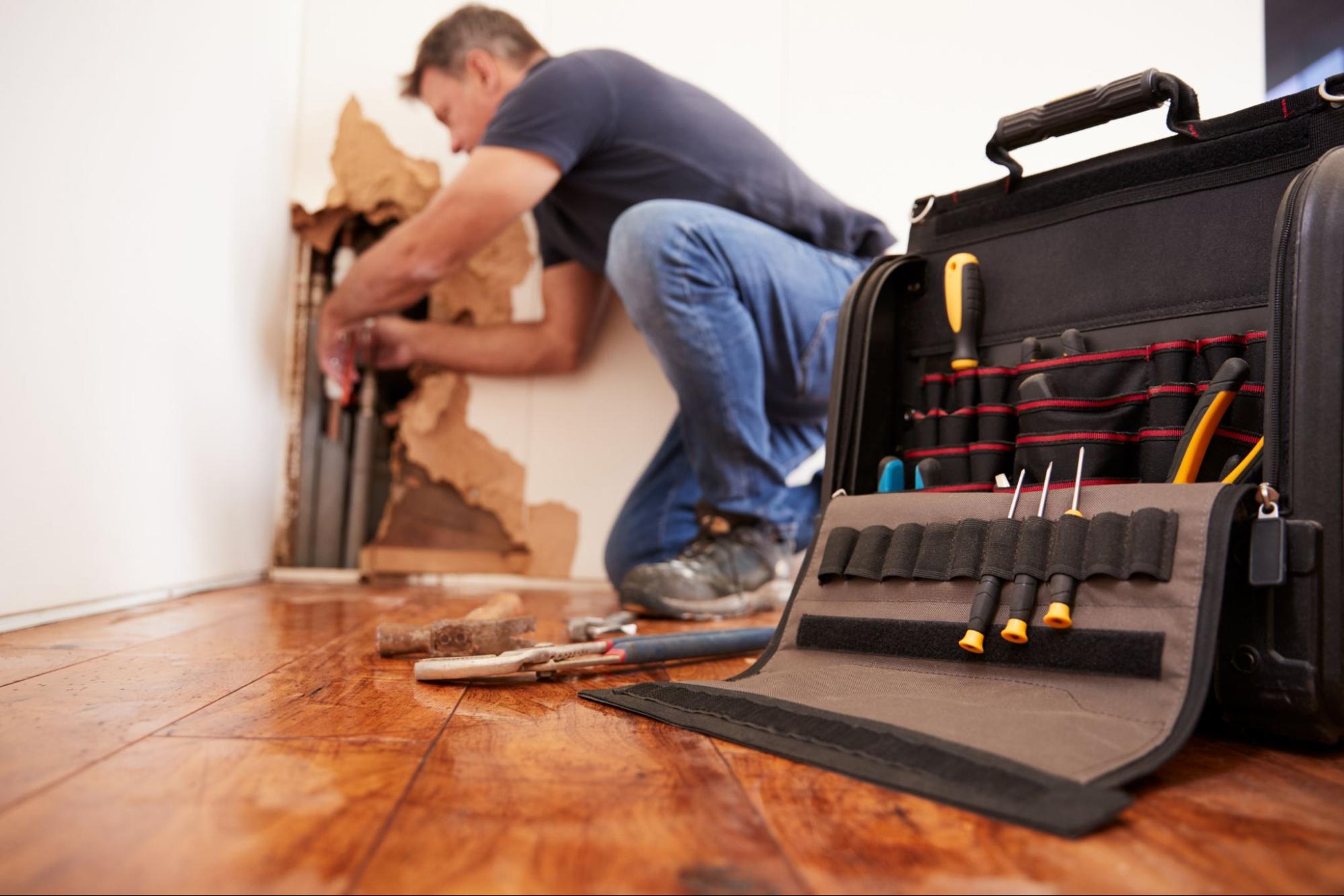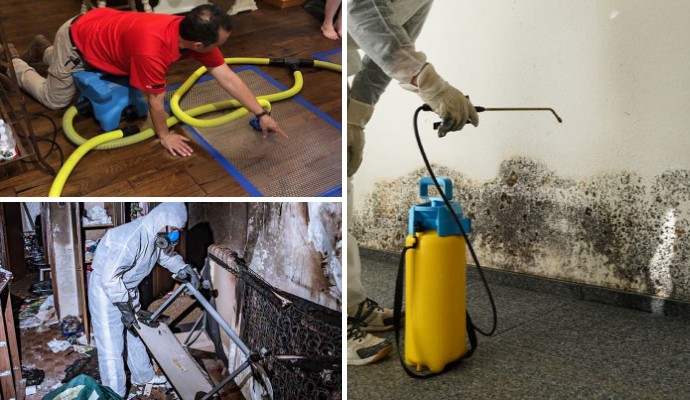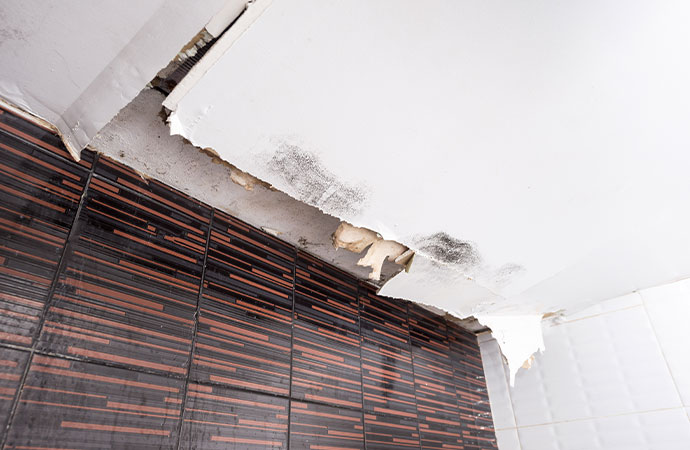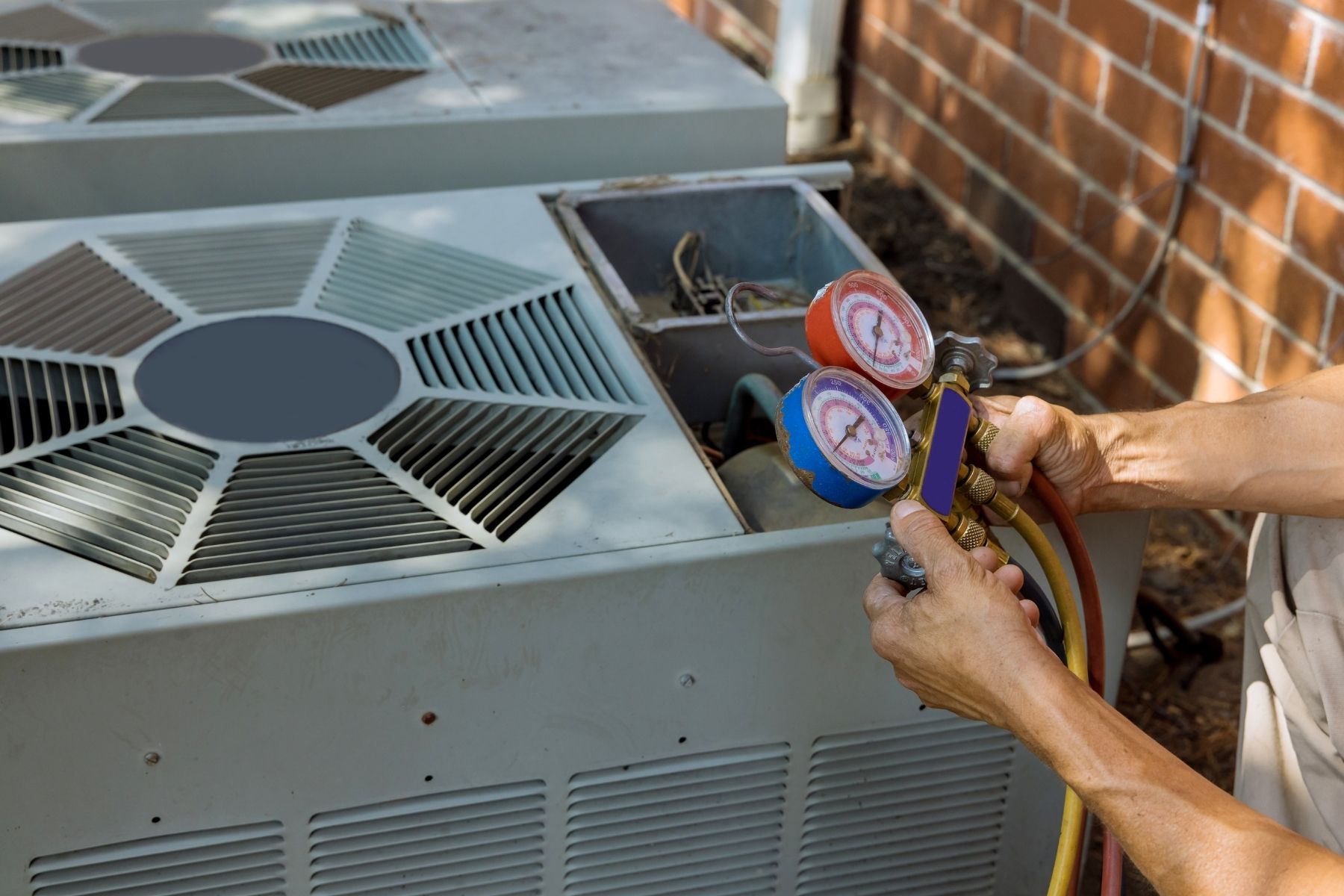Real people, real solutions
Success stories from our emergency services projects
All Posts
-

How Long Does Water Damage Restoration Take?
When water invades your home or business, every hour feels like a lifetime. More than…
Read More -

What is the Water Damage Restoration Process?
Maybe a pipe burst, or a slow leak went unnoticed until it spread into the…
Read More -

The Rise of Eco-Friendly Restoration Solutions in Water, Fire, and Mold Damage Recovery
In a constantly changing and unpredictable world, everyone is becoming more aware of the need…
Read More -

Common Reasons Fort Worth Homes Need Water Damage Cleanup
Common Reasons Fort Worth Homes Need Water Damage Cleanup Water damage is one of the…
Read More -

What Are the First Signs of Water Damage?
Identify tell-tale signs that indicate your property is suffering from water damage. While most homeowners…
Read More -

5 Tips for Hiring a Disaster Damage Restoration Company
Five Tips for Hiring a Professional Disaster Damage Restoration Company When faced with disaster damage…
Read More -

Why You Should Hire a Professional for Mold Removal
Mold can cause a lot of damage inside your home and is also very bad…
Read More -

How Can I Prevent Water Damage in My Fort Worth Home?
How Can I Prevent Water Damage in My Fort Worth Home? If you’ve ever dealt…
Read More -

Responding Quickly to Fire Damage: Strategies to Mitigate Destruction Before Professional Help Arrives
Experiencing a fire incident can be devastating, but taking immediate action is crucial to minimize…
Read More -

Commercial Property Summer Maintenance | Protect Against Heat & Storms
Boost Your Business Resilience This Summer: Commercial Property Maintenance Tips for Extreme Weather Texas summers…
Read More -

Strategies For Mold Prevention in Your Home
Mold Prevention in Your Home: Strategies for Keeping Moisture at Bay Mold is a common…
Read More -

What Is in Soot and Its Effects on Health
What is in Soot? Soot is a word we often hear but seldom fully understand.…
Read More